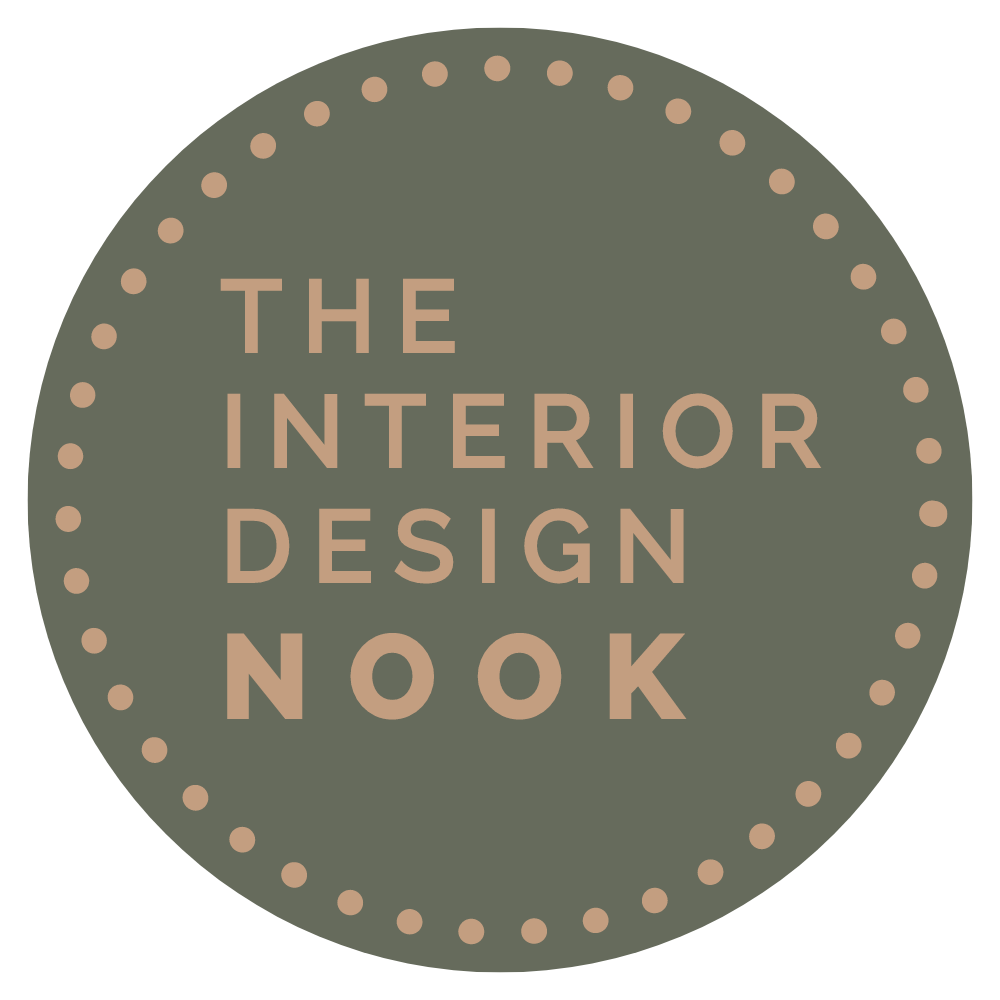Help, I have Eclectic Taste!
Clients often say to me, “I like too many different styles, how do I make my home feel cohesive?” This is a common reason people choose to work with an interior designer. Some people have a really strong aesthetic which is easy to work with to create a beautiful home. Other people (like me!) appreciate a lot of different styles so it’s harder to pull it all together or know what works and what doesn’t. If you’re in the second camp, you need to learn to edit.
In this blog I’m focussing on a really typical interior inspiration, florals and botanicals. I will show you what elements to pair with different styles to create a cohesive look that doesn’t clash. It’s by no means a complete list of all decorating styles, but I hope it gives you some guidance on how to pull different looks together.
Floral, Boho
This is pretty and delicate, with no hard lines. Vintage furniture goes well with this look, and avoid anything too modern and shiny. Think antique brass not chrome, natural wood not laminate, and hand-made elements that show the mark of the maker. Keep materials soft and natural.
Floral, Scandi
This is really Swedish design, which is colourful, bold and joyful. It goes with both vintage furniture and more modern pieces. More is more when it comes to colour, but pick your palette from within your patterns. This kind of pattern needs to be combined with an element of simplicity to look at its best, such as bare floorboards, plain linen fabrics and white origami lampshades.
Chintz, Recencycore
Check out my Bridgerton-inspired moodboard here! Think antique brown furniture, gilded picture frames and mirrors, sumptuous velvets and sensuous silks. You can go to town with trims such as pompoms and detailing such as panelling. This is a colourful look, so avoid too much white and cream. Patterns should be delicate with a hand painted or embroidered look.
Chintz, Maximalist
Very similar to the more traditional Regencycore version, but patterns are more contemporary with photographic florals and quirky elements. A print of a monkey riding a bicycle or a flocked parrot lamp wouldn’t be out of place here. You can add more modern furniture to this look, but avoid anything middle-of-the-road – every piece needs to be bold and striking.
Botanical, Rainforest
You can create a fun and fresh feel with this look, but it works equally well with dark colours to create a dramatic look. It works well in townhouses, less so in the country. If you have simple and paired-back taste in furniture, this look is a good way to add some personality. Pair botanical patterns with bold checks and stripes, taking your palette from the main pattern. You can go modern or vintage with your furniture, but avoid rustic pieces.
Botanical, Boho
Using botanical prints that are less bold and colourful than the rainforest ones, think botanicals closer to home such as a European forest. This look can work in country houses as the nature reflects the local environment more. Stick with soft, natural materials, nothing to modern and shiny. Rustic, vintage or hand-made elements go with this style.
Graphic, Maximalist
A graphic print is usually produced digitally, so it’s bold with clean lines (no brush strokes here!) and is often a representation of a floral or botanical shape rather than realistic. You can combine simple with busy graphic prints, and if you do this aim to choose prints of different scales to avoid them clashing. Industrial or rustic elements go surprisingly well with this style.
Graphic, Minimalist
It goes without saying that this style suits very modern furniture with clean lines and a paired back palette. You can make it light and fresh or dark and moody. Use different textures to create interest, but keep your textures within the same family – either soft and rustic (think Danish interiors) or glamorous and contemporary (gold, glass, marble).
Traditional, Town
For this look, use a varied, strong but muddied colour palette. Mix traditional patterns with velvets and linens. Antique furniture is a must, and choose timeless shapes for upholstery. Traditional brass and glass elements look great with this look. However, the key is cosy and comfortable, so make sure you have plenty of lamps and don’t be precious about imperfections – furniture and materials should have a patina showing the life they’ve had!
Traditional, Country
This is a softer version than the townhouse look, and it can accommodate a more neutral palette if you have enough natural light in your home (although I think it looks best with a varied palette with lots of pattern, where you don’t try too hard to match). Again, this look really needs antiques, but materials can be more humble (such as wicker and stone) and the more patina they show the better. The patterns are delicate but the finishes are anything but.











